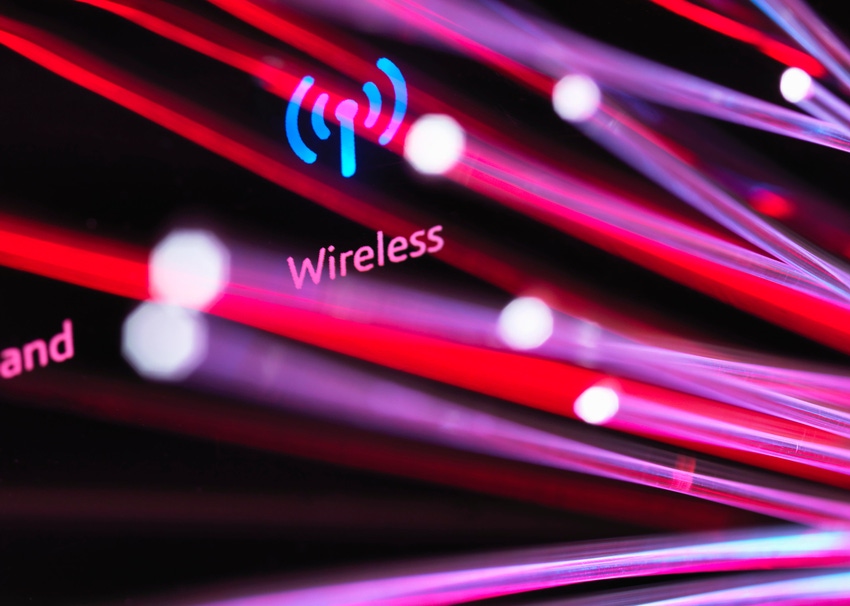US broadband customer growth stalls in Q1
According to New Street Research and KeyBanc Capital Markets, US telecom providers may see a bigger than anticipated drop in the number of new customer sign-ups in the first quarter of 2024.

New customer sign-ups among big network operators in the US broadband industry slowed down dramatically in the first quarter of this year, according to a pair of analyst groups. But they're not sure why it happened.
"It remains fairly clear that macro/competitive pressures are high, subscriber growth should remain negative for most, and ACP will be disruptive," wrote the financial analysts with KeyBanc Capital Markets in a note to investors Wednesday, pointing to the expected end of the US government's Affordable Connectivity Program (ACP).
The financial analysts at New Street Research agreed. "Our preliminary forecast for 1Q24 has [customer] adds well below the prior year and the pre-pandemic period," they wrote in their own note to investors Thursday.
Indeed, the New Street analysts predicted that big operators in the US residential broadband industry will sign up a total of just 382,000 new customers in the first quarter of 2024. That's well below the pandemic-related spike of 1 million new residential broadband customers added collectively by broadband providers during the first quarter of 2020. And it's also below first quarter numbers for 2019 (828,000) and 2018 (729,000).
Analysts from both New Street and KeyBanc expect cable providers – including Comcast, Charter Communications and Altice – to bear much of the slowdown.
"We expect cable to lose ~130,000 residential subscribers, which is a decline of ~185,000 from the modest growth reported last year," the New Street analysts wrote.
The KeyBanc analysts offered similar projections: "We see cable losing 136,000 residential broadband subscribers in Q1, which will likely get worse in Q2."
To be clear, the figures apply to public telecom companies. NCTC, which represents many smaller providers, has suggested its members reported 4% growth last year. The association counts roughly 700 member companies, which service around a third of all connected households in the US.
But why?
"Is this a dip, following a few years of faster than normal growth? Is this excess growth enabled by ACP evaporating?" wondered the New Street analysts. The government's ACP program – which provides low-income households with up to $30 per month for broadband services – stopped accepting new sign-ups in February.
"Essentially, is this a temporary slowdown, the new normal, or will growth slow further?" the New Street analysts continued. "We don't know the answer to this yet, though we believe the market has years of growth above the pace of household formation ahead. Broadband penetration is currently at 87%, and we forecast it getting to over 90% eventually."
The KeyBanc analysts speculated that there are a variety of factors affecting the US broadband market. A big one: the number of new and existing home sales continues to remain soft, "which we see as key macro drivers for broadband subscriber growth," they wrote.
Other factors include the end of the government's ACP subsidy, which could eventually push around 13% of ACP recipients – roughly 3 million US households – to cancel their telecom services. The ACP is expected to run out of funding by May, barring intervention from Congress.
Another big question, according to the New Street analysts, is when the US telecom industry will settle on its "new normal." That probably won't happen quickly.
"Certainly not in 2Q24 or 3Q24, which will see disruption from the loss of ACP subsidies," the New Street Analysts wrote. "We estimate that the industry will lose 1.2 million subscribers, with all operators being somewhat impacted."
Who will be affected?
According to New Street's detailed report on the topic, cable providers will suffer the biggest declines, while fiber providers will benefit from their ongoing network expansions. Fixed wireless access (FWA) operators, meanwhile, could see a dip in the number of new residential customers who sign up for their services.
For cable operators specifically, the New Street analysts counted 719,000 new cable customers in the first quarter of 2018 across providers like Charter, Comcast and Altice. That figure rose to 798,000 in 2019 and almost 1.1 million in 2020 during the early days of the pandemic. But it started falling in 2021, and in 2024 the industry could lose up to 130,000 new residential customers.
Similarly, telecom operators with copper DSL networks will continue losing customers.
Fiber operators like AT&T, Frontier and Verizon, meanwhile, are expected to gain 418,000 new residential customers in the first quarter of 2024. But that's down from 442,000 in the same quarter of 2023. And it's also happening amid significant construction of fiber networks, which are bringing fiber connectivity to more potential customers.
FWA is expected to slow too.
"We estimate that residential FWA [customer] adds will decrease by 65,000 to ~605,000," the New Street analysts wrote. Verizon and T-Mobile are the market's primary FWA operators, but AT&T has recently joined the sector.
The analysts explained that their figures only account for residential FWA customers and not business customers. T-Mobile and AT&T have recently begun heavily courting enterprise FWA customers.
About the Author(s)
You May Also Like




.jpg?width=300&auto=webp&quality=80&disable=upscale)







